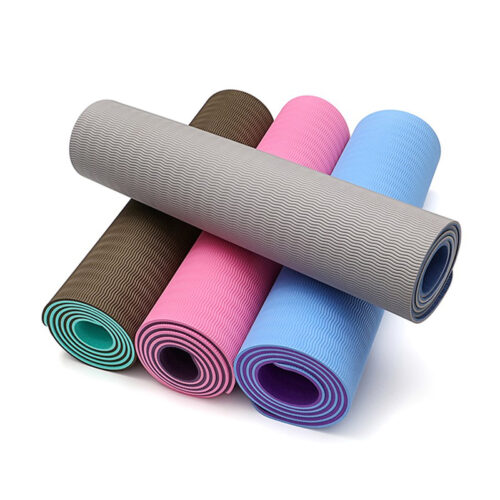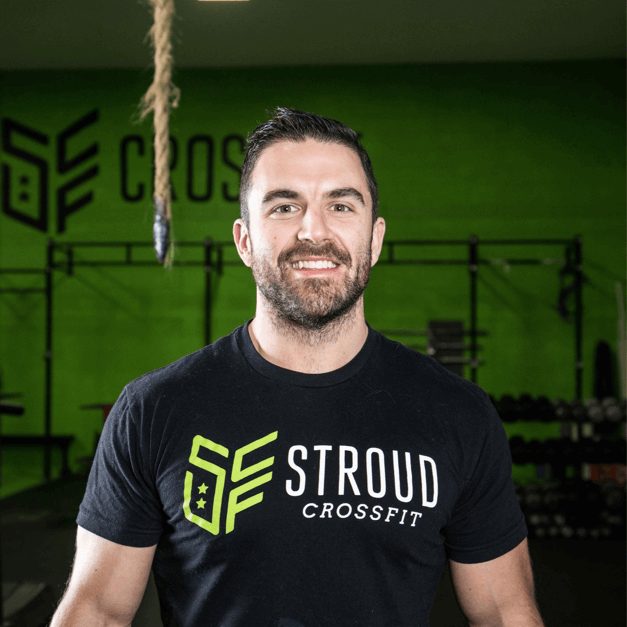Your Professional Yoga Mat Manufacturer in China
- Our products can bear long-term abusive use
- Yanre pursues a simple and clean design without any extra parts
- Manufactures luxury and high-end sense with aesthetic looks
- Excellent non-slip traction and cushion
- Feature lightweight for easy transport and storage
- Allows you to keep your balance during any exercise style
- Moisture resistant
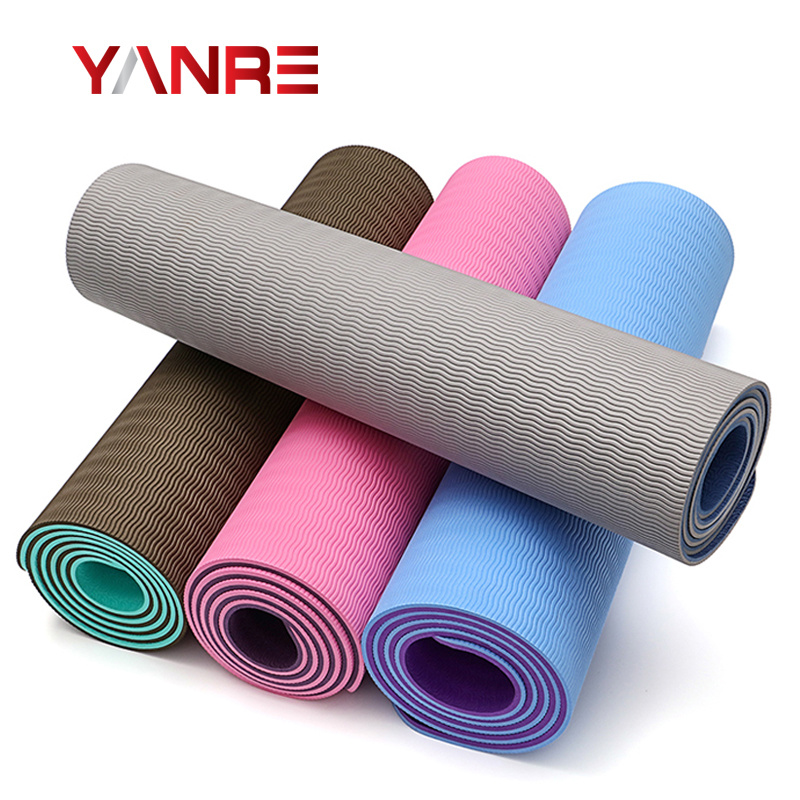
Products We Have for You

Factory
Over 95% clients choose to cooperate with Yanre Fitness, after visiting our factory and trying our commercial gym equipment personally.
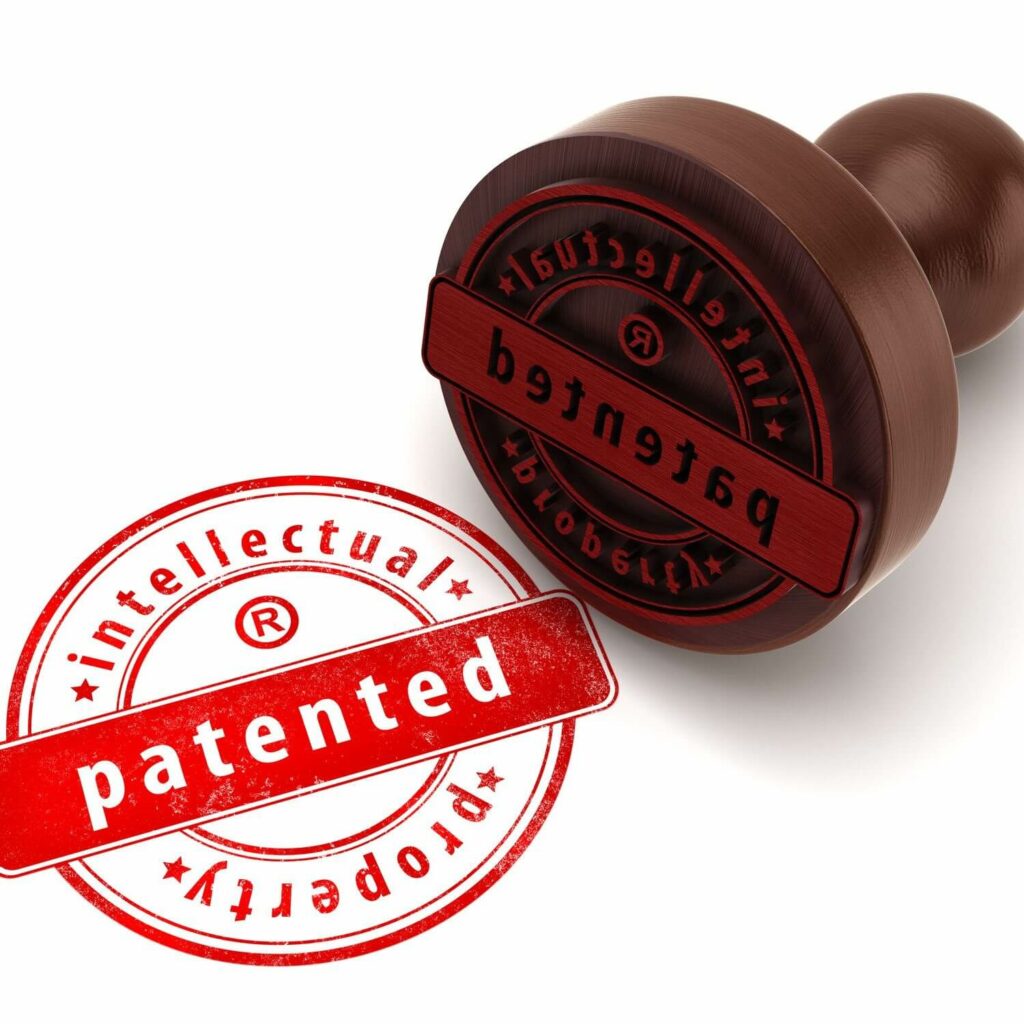
Patents
Our gym equipment meet ISO 20957 standard, with over 40 patents (Utility Model Patents & Appearance Design Patents)

R&D Invest
For more than 20 years, Yanre Fitness invested over 8 million USD for technology development.
Yoga Mats in Bulk Roll – Definitive FAQ Guide
Yoga is one of the ancient disciplines of fitness training. The popularity of yoga is still in a rising trend. There are a limited number of tools to facilitate yoga, and the yoga mat is one of them.
Nowadays, varieties of yoga mats are available in the market with different materials and prices. So, it’s a difficult task to choose the right one for your business.
Here is a complete FAQ guide for you that has everything you need to know about buying yoga mats in a bulk roll.
So, let’s have a look at which one is the best fit for you.
Table of Contents
- What are Yoga Mats?
- What are the different types of yoga mats available in the market?
- What is the standard size of yoga mats?
- What do yoga mats are made of?
- What are the most important features of yoga mats?
- Are yoga mats in bulk roll safe to use?
- Are yoga mats non-toxic and environmentally safe?
- How to ensure the comfortability of yoga mats?
- What are the factors to consider in purchasing yoga mats in a bulk roll?
- Are yoga mats flexible enough to resist compression?
- How to save per unit cost in buying yoga mats in a bulk roll?
- What should you avoid in purchasing yoga mats in a bulk roll?
- What are the differences between open cell and closed cell yoga mats?
- What is the process of manufacturing yoga mats?
- How to properly take care of yoga mats?
- Final Words
What are Yoga Mats?
Yoga mats are exclusively designed mats for practicing yoga. The mats provide a soft and traction surface to ensure comfort and safety while working out. They come in a variety of types, colors, patterns, and styles.

Figure 1: Showing a yoga mat
What are the different types of yoga mats available in the market?
You will find 9 different yoga mats available in the market.
PVC Yoga Mat
Like its name, the mats are made from Polyvinyl Chloride (PVC). This type is the most common and widely used yoga mat. The mats are very popular due to their low price and high durability. PVC mats are water-resistant too.

Figure 2: PVC Yoga Mat
EVA Yoga Mat
The mats are made from a synthetic material called Ethylene-vinyl Acetate (EVA). EVA mats are very lightweight and have good resistance to cracking. These mats also have moisture-resistance properties and are very easy to clean.

Figure 3: EVA Yoga Mat
PER Yoga Mat
PER yoga mats are made from Polymer Environmental Resin (PER). This type is completely non-toxic and biodegradable. The mats are very comfortable and lightweight also.

Figure 4: PER Yoga Mat
NBR Yoga Mat
This type is made from thick rubber resin that is non-toxic. NBR mats are the thickest type of yoga mats available in the market and this type is usually 10 mm thicker than the other types.
Due to its high softness, NBR yoga mats are highly recommended for yoga practitioners who have knee or other joint-related pains.

Figure 5: NBR Yoga mat
Latex Yoga Mat
This is a type of yoga mat made from natural rubber resin. The mats have an antibacterial formula and moisture-proof properties. Latex yoga mats are specially designed for beginners to get the highest level of safety and comfort.

Figure 6: Latex Yoga Mat
Cotton Yoga Mat
Cotton mats are the most suitable replacement for artificial PVC or rubber-made yoga mats. This type is completely natural, breathable, and odor-free. Cotton mats also offer a longer life than regular synthetic yoga mats and can be washed very easily.

Figure 7: Cotton Yoga Mat
Jute Yoga Mat
These yoga mats are made from natural jute fiber. Jute mats are also a good alternative to artificial synthetic-made yoga mats. This type of yoga mat also offers non-slip and water-resistant properties.

Figure 8: Jute Yoga Mat
Cork Yoga Mat
Cork yoga mats have two layers: rubber on the top and natural resin at the bottom. This is the most sophisticated type of yoga mat available in the market. Cork mats are well-known for their high anti-bacterial property.

Figure 9: Cork Yoga Mat
TPE Yoga Mat
This is the latest type of yoga mat made from a mix of polymers called Thermo-plastic Elastomer (TPE). TPE yoga mats are more flexible, soft, and recyclable than other synthetic types. The mats are very much user-friendly and easy to clean.

Figure 10. TPE Yoga Mat
What is the standard size of yoga mats?
The standard size for the yoga mats is 24” in width, ⅛” in thickness, and 68” to 72” in length. Remember you should purchase a yoga mat that is 6” taller than a usual man-height.
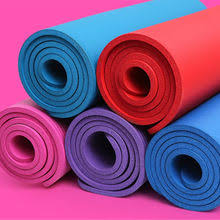
Figure 11: Showing the dimension of yoga mat in a bulk roll
What do yoga mats are made of?
Yoga mats are generally made from either synthetic materials or natural resins. Sometimes both are used to make yoga mats.
- Synthetic materials: Polyvinyl Chloride (PVC), Ethylene-vinyl acetate (EVA), Polymer resin, or Synthetic rubber.
- Natural resins: Natural latex, organic cotton, natural jute resin, and bark of the cork oak tree.
- Mixed materials: Thermo-plastic elastomer (TPE).
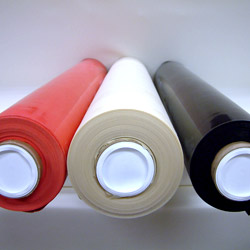
Figure 12: materials of yoga mat (latex rubber)
What are the most important features of yoga mats?
Generally, yoga mats should have the following important features:
- Stickiness: The mats are sticky enough to keep you from sliding and help you maintain your alignment while workout.
- Materials: Yoga mats are made from high-density, non-allergic, and eco-friendly materials.
- Closed-cell foaming: Yoga mats have closed-cell foaming properties to offer high water or moisture resistance.
- Elasticity: Yoga mats are elastic enough to resist compression fracture.
- Thickness: A standard yoga mat is 1/8 inch thick and it can be about 1/4 inch.
- Other properties: Yoga mats are lightweight and foldable to ensure ease of use.
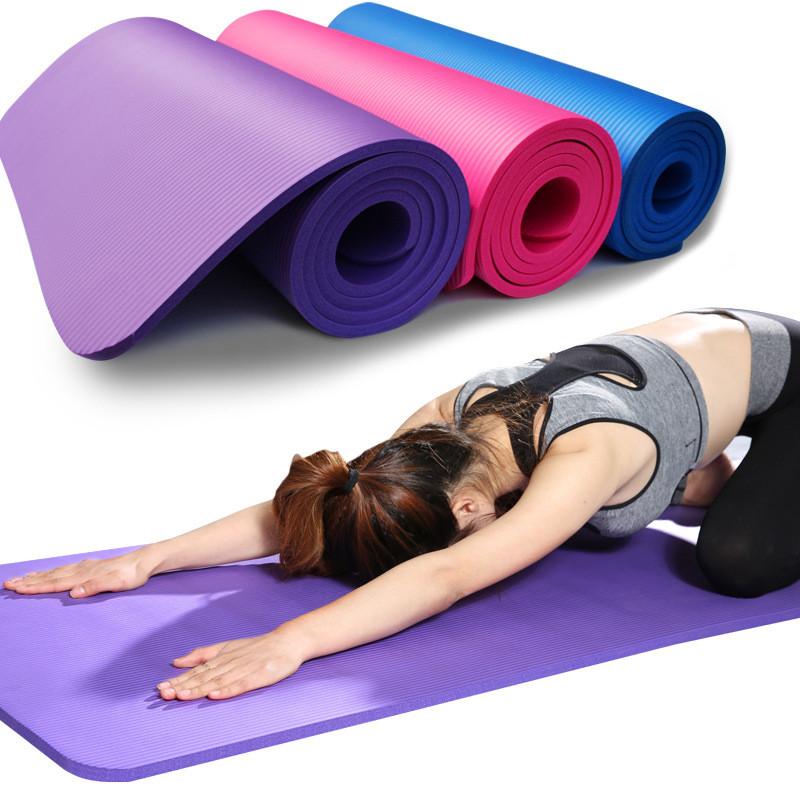
Figure 13: Showing the features of the yoga mat in a bulk roll
Are yoga mats in bulk roll safe to use?
Yes, bulk roll yoga mats are completely safe to use. Yoga mats in a bulk roll also provide all the necessary features like non-slip and cushioned surfaces.
You can visit our website to get high-quality yoga mats in a bulk roll. Yanre Fitness offers yoga mats that have sweat resistance and anti-bacterial properties to ensure extra safety.
Are yoga mats non-toxic and environmentally safe?
Yes, the yoga mats are non-toxic and environmentally safe.
Yoga mats are generally made from either direct natural substances like organic cotton or natural resin like rubber. The synthetic-made yoga mats also ensure biodegradable grade.
At Yanre Fitness, we offer yoga mats in a bulk roll that are made from eco-friendly, chemical-free, and high-quality materials. All of our yoga mats are recyclable.
How to ensure the comfortability of yoga mats?
Yoga mats should be comfortable enough to get the highest level of benefit from Yoga workouts.
To ensure the comfort factor, you should check the thickness and softness of the mat surface while buying. The comfortable yoga mats are lightweight too.
You should also ensure that the mat surface is sticky enough to get a good grip.
What are the factors to consider in purchasing yoga mats in a bulk roll?
You should consider the following factors while purchasing yoga mats in a bulk roll.
- The mats are made from virgin non-toxic materials.
- The thickness of the yoga mat.
- The softness of the yoga mat surface.
- The weight of the mats.
- Warranty period offered by the manufacturer.
- Per unit cost of yoga mat
- Customer service provided by the supplier.
- The market reputation of the manufacturer.
Are yoga mats flexible enough to resist compression?
Yes, yoga mats are very much flexible and elastic to resist compression fracture. You can easily store or keep the yoga mats in a roll or folded way as much as you want.
How to save per unit cost in buying yoga mats in a bulk roll?
You can save per unit cost of yoga mat in bulk roll purchase by taking benefit from the wholesale discount.
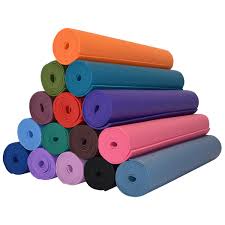
Figure 14: cost saving by purchasing yoga mats in a bulk roll
What should you avoid in purchasing yoga mats in a bulk roll?
You should avoid if-
- The mats are too heavy to move
- The mats aren’t 6” taller than the usual man-height of your region
- The yoga mats cannot regain their natural shape after being compressed through the fingertip
- The yoga mats have uneven bubbles in the two ends
- The mats are slippery
- The yoga mats have an unpleasant smell
- The mats scratch easily by rubbing through an anti-cutter
What are the differences between open cell and closed cell yoga mats?
Yoga mats can also be classified into two categories based on their internal construction.
- Open-cell yoga mats
This type of yoga mat is porous in construction. As open-cell yoga mats are moisture-permeable, these types of mats consume the sweats easily. So, open-cell yoga mats are the perfect fit for hot yoga practice without using a towel.
- Closed-cell yoga mats
This type of yoga mat is denser than the open cell yoga mat. The impermeable texture of closed-cell mats makes them highly sweat and water-resistant. These yoga mats are highly recommended for normal yoga practices.
What is the process of manufacturing yoga mats?
The process flow of manufacturing yoga mats is as follows:
- Preparation of raw materials
- Mixing the raw materials in certain ratios.
- Heat the raw mixture at recommended temperature and pressure.
- Positioning the screen cloth on the machine
- Tensioning and leveling the screen cloth
- Boiling the screen cloth at a high temperature into an incubator
- Cooling and forming the screen cloth after pulling an obtained shape
- Seaming the edges after adjusting the yoga mats’ dimension and finally packaging
To get a more clear idea about the manufacturing process of yoga mats, just click on the link below:
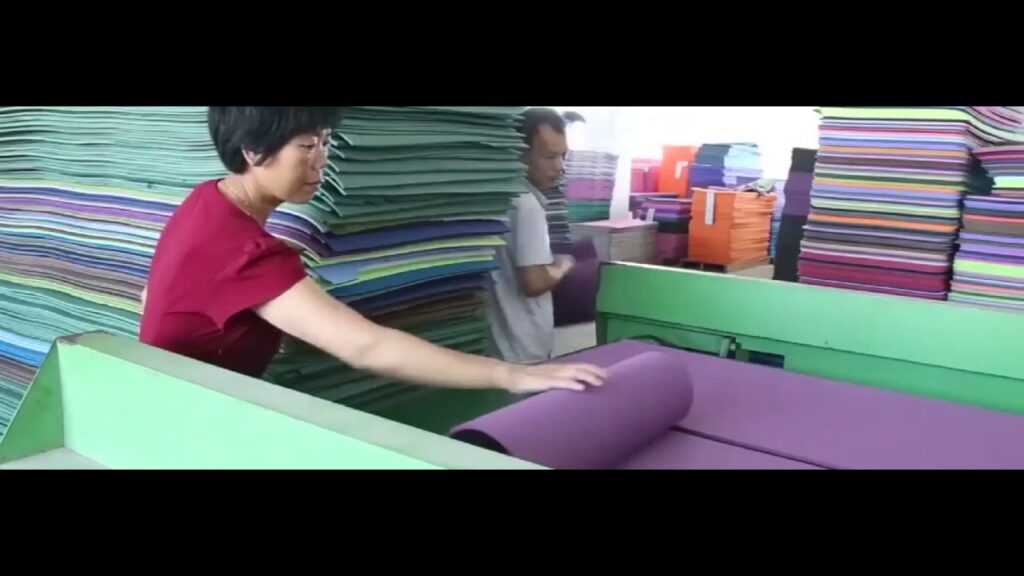
Figure 15: Manufacturing process of yoga mats
How to properly take care of yoga mats?
You can take care of your yoga mats by following the procedure below.
- Make a weekly schedule to clean the yoga mats properly.
- Use a mat cleaner or dishwasher to wash both sides of the mats.
- Don’t use any chemical reagents for cleaning purposes that are not recommended.
- Store the yoga mats away from direct sunlight.
- Allow sufficient time for the mats after washing to dry out completely before storing.

Figure 16: Cleaning of a yoga mat
Final Words
Thanks for reading the complete FAQ guide. We have tried our best to collect all the necessary information related to yoga mats. We hope this guide will help you make a more concerned decision about purchasing yoga mats in a bulk roll.
At Yanre Fitness, we offer all types of high-quality yoga mats at the best wholesale price. So, if you have made your decision and want to have an order, just contact us to get a quick quote.
We are always here to answer your queries!
Recommended Reading: The Ultimate Gym Owner’s Buying Guide to Yoga Mats

